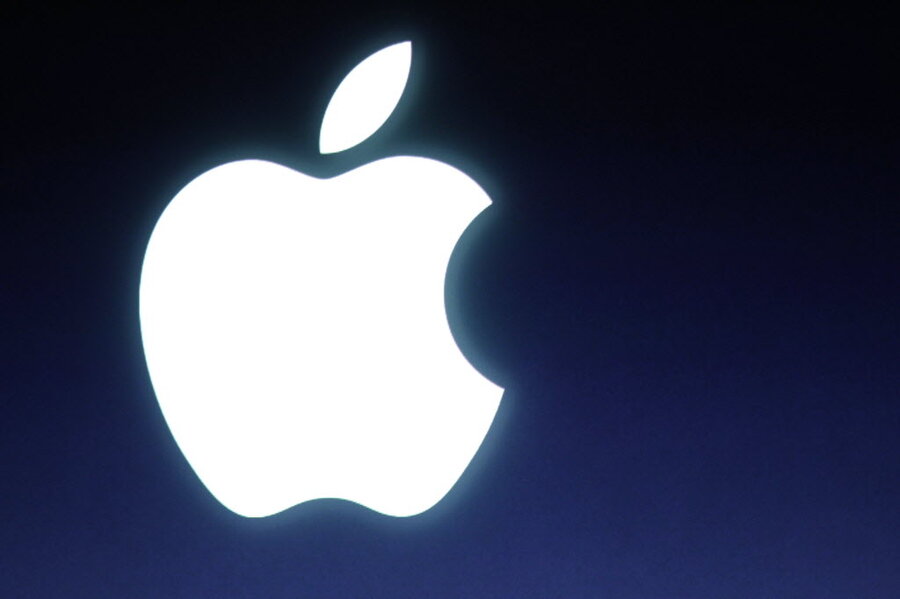Apple files for iWatch trademark in Japan
Loading...
If the rumors are true, Apple's long-anticipated "smart" watch may be drawing near, and it will look something like this: a sleek, thin band wrapped around your wrist with a bendable computer screen that vibrates gently to alert you to new messages or calls.
Apple took a concrete step toward making that fantasy a reality on June 3, when it filed for a trademark for “iWatch” in Japan. The Japan Patent Office released information about the application on the office’s website on June 27, according to a Reuters report. The trademark would cover computers, computer accessories, and wristwatches.
Apple has also filed for a trademark in Russia, according to the Russian newspaper Izvestia. No trademark applications have been reported in Europe.
Typically, trademark applications preempt the release of a new product, and according to Apple-watchers, the iWatch should come out in late 2014.
KGI Securities analyst Ming-Chi Kuo has a proven track record of predicting Apple launch dates. He says that Apple’s March filings for patents relating to curved screens and batteries indicate that the company is working on a new, wearable product. In an Apple Insider report, Mr. Kuo predicts that watch will come with a biometric function, which will recognize its user.
Though no one is quite sure what an iWatch would look like, there are already several other smart watch models on the market.
Most notable among these is Pebble Watch, first released in January and funded by one of the most successful Kickstarter campaigns in history. The rectangular watch is controlled by buttons on the side of the watch face and uses Bluetooth to forward information – including app data – from users’ smart phones. The Pebble is compatible with both Apple and Android products, and the watch is water resistant for up to 165 feet – an added plus for athletes or the accident-prone.
Sony announced a second version of its own SmartWatch last week that will be available for purchase in September. The new model is water-resistant, and has a slightly larger touch-screen than the first version, but Sony's watch can only receive Bluetooth signals from Android products.
In March 2013, Toshiba released a prototype smart watch with user-recognition capabilities. The watch has a built-in electrocardiogram sensor that recognizes the owner’s pulse and shuts down when another person tries to use anything other than the clock.
A Google wrist watch is reportedly also in the works.
[Editor's note: The original version of this article mistakenly called Apple's filing in Japan a patent application. It was a trademark application.]






